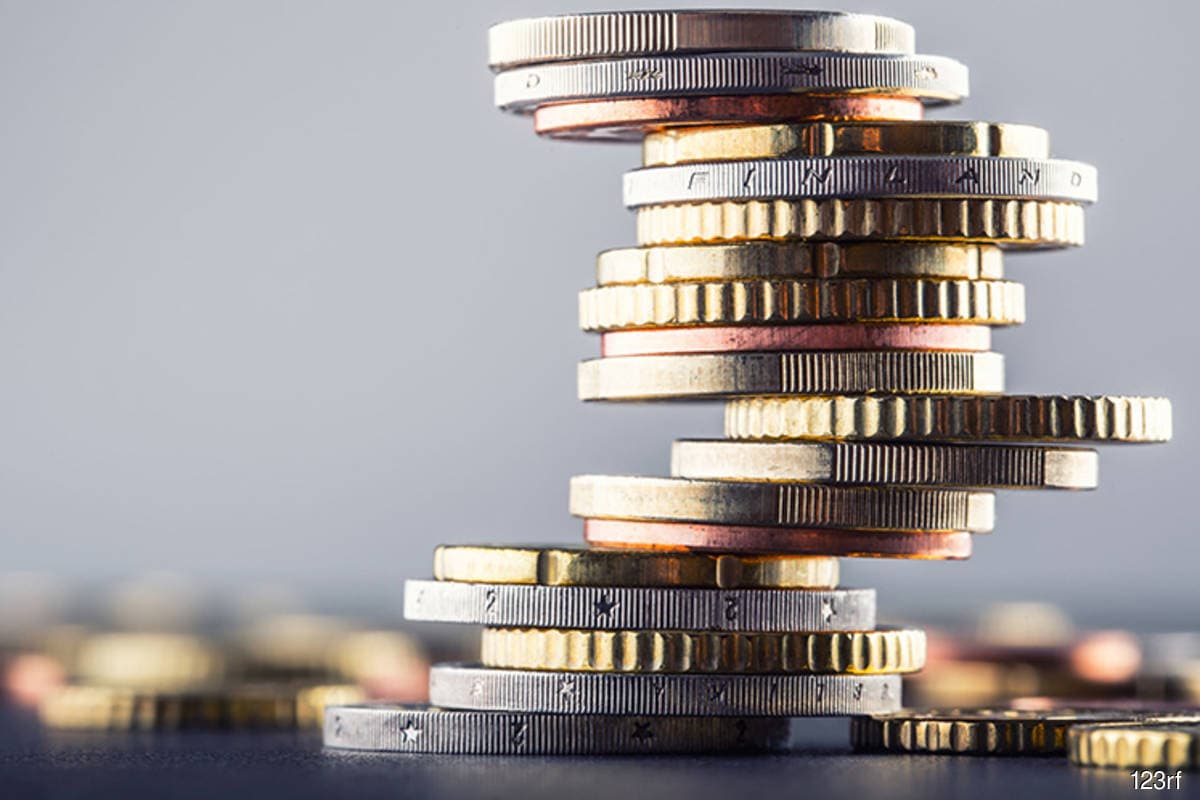Natural headache cures – do they really work?
Every single one of us gets a headache from time to time. When it’s severe, it can be truly debilitating. After all, if you have a pain in your arm or leg, it is unpleasant, but you can continue to go about your life. But with a severe headache, it can be impossible to function and to think clearly.
Little wonder that we will quickly reach for the ibuprofen or paracetamol for relief. But are there more natural ways to cure a headache? It’s a question that is attracting plenty of research, and while the jury is still out from a clinical evidence perspective, the anecdotal answer is a resounding yes. Here are some of the most popular natural headache cures – why not give them a try and see which one works best for you?
Feverfew – the 80s miracle cure
Back in 1985, a study by British scientists showed that the feverfew herb achieved remarkable results in relieving migraine symptoms. 70 precent of the volunteers found that it relieved their migraine pain, and subsequent studies elsewhere in the world broadly supported the results.
It led to something of a feverfew craze at the time, and while the hype has long since dissipated, you can still buy feverfew extract from health stores and online retailers. Scientists believe the analgesic effect comes from a chemical called parthenolide. Feverfew should not be used during pregnancy, as it can cause early contractions.
Cannabis – green crack
Cannabis lays claim to a whole host of therapeutic qualities, one of which is certainly pain relief. Proponents claim you need a strain like Green Crack, as its sativa-dominant blend and relatively high THC content are believed to have analgesic properties – take a look at https://www.cannaconnection.com/strains/green-crack for more details.
Of course, cannabis is only an option in jurisdictions where it has been legalized. Never use it if you need to drive or operate machinery, and try it in moderation if you’ve never used it before.
Omega 3 – the scientific approach
Omega 3 fatty acids are essential for a healthy body and mind, but are not produced naturally, they can only be ingested in food. They have anti-inflammatory properties, so can definitely alleviate certain types of headaches. If you like seafood, salmon, cod and tuna are all rich in Omega 3. Other rich sources include eggs, walnuts and flaxseeds.
A study published in Nutritional Neuroscience found that consuming Omega 3 reduced the duration of migraines, although it did not affect their frequency or duration. In other words, it serves as cure, not prevention.
Tea – the British panacea
Those British researchers earlier went against their stereotype of just having a nice cup of tea. Yet while it’s easy to be cynical, certain teas can be real powerhouses when it comes to analgesia.
Chamomile tea is probably the best known for pain relief, and studies have found scientific evidence to back up the anecdotal claims. It seems that chamomile interacts directly with the nervous system to inhibit stress hormones and increase GABA activity, thereby improving your mood and helping you to relax.




